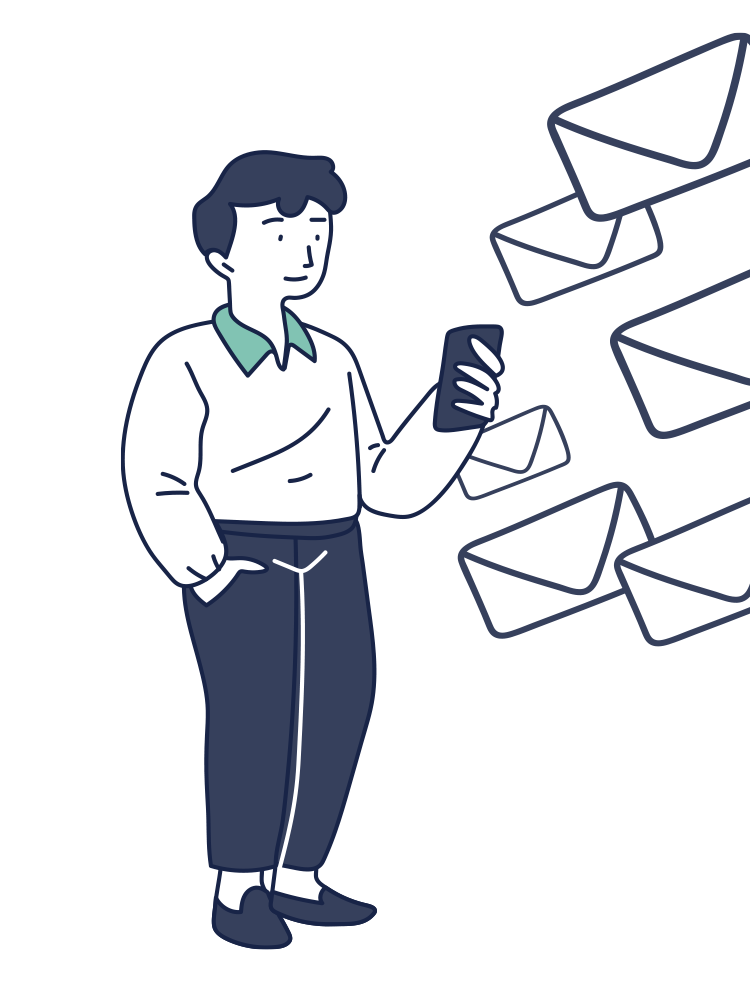Digital patient forms offer a superior solution for the healthcare sector, swiftly supplanting traditional paperwork. Here’s why.
Paper Forms are Inefficient
Manually filling out, sorting, and storing paper forms is a time-consuming task that hampers the efficiency and productivity of healthcare professionals. Each form requires a significant amount of time to complete, followed by the need for manual transcription.
These forms are often lengthy, spanning from one to six pages or more, covering fields like personal details, employment, health issues, symptoms, and additional information. The level of detail needed makes the task tedious for most patients. Moreover, the risk of inadvertently skipping questions adds to the inefficiency of paper forms. Patients generally find the process of manual form-filling burdensome, as it can be awkward and time-consuming, leading to a loss of focus during the process.
Errors and Inaccuracy
Paper forms are susceptible to human errors and illegible handwriting, potentially resulting in catastrophic inaccuracies that result in misdiagnoses. Patients often express dissatisfaction with the considerable time spent in medical facilities, leading to frustration during the completion of extensive intake documentation.
This frustration can contribute to errors, particularly if individuals rush through the form without thorough consideration. Some may underestimate the importance of providing precise information, resorting to hasty responses.
Lack of Accessibility
Unlike digital records, paper forms cannot be easily accessed or shared, creating barriers in cross-departmental collaboration and patient care. This can reduce the efficiency of the entire healthcare process. Effective communication is vital when it comes to providing the best patient care.
Environmental Impact
Excessive paper usage contributes to deforestation and environmental degradation. Over time, the accumulation of paper intake forms takes its toll. Eliminating paper forms not only streamlines the intake process, but also minimizes waste.
Many individuals are increasingly conscious of the environmental impact of everyday products. By removing paper forms in healthcare, the carbon footprint of the healthcare sector is significantly reduced.
High Cost
Paper forms carry printing, storage, and disposal costs. Most people are unaware of how much paper actually gets wasted each year, and they just don’t realize the negative financial impact that paper forms in healthcare really have. There is also the financial concern of time loss. When using paper forms, employees can spend an enormous amount of time looking for physical records, resulting in increased labor costs. Just a few minutes of filing or searching for paper intake forms for each patient can add up to hundreds of hours of labor each year.
Poor Security
Paper forms pose risks like physical damage, loss, or theft, jeopardizing the security of confidential patient data. This issue escalates when handling medical and payment information in healthcare. Safeguarding patient data is crucial. Utilizing digital forms is key for HIPAA compliance and error prevention.
Paper Forms Do Not Provide a Good Patient Experience
Ensuring every patient’s comfort is crucial, starting from the moment intake forms are provided. In busy healthcare settings, staff may overlook signs of patient discomfort while filling out paper forms. Many patients already feel anxious upon arrival, and navigating extensive paper forms only adds to their stress. Transitioning to digital forms allows patients to complete paperwork at home before their appointment, streamlines patient care and grows revenue in the process.


 Written by Matt Fiel
Written by Matt Fiel